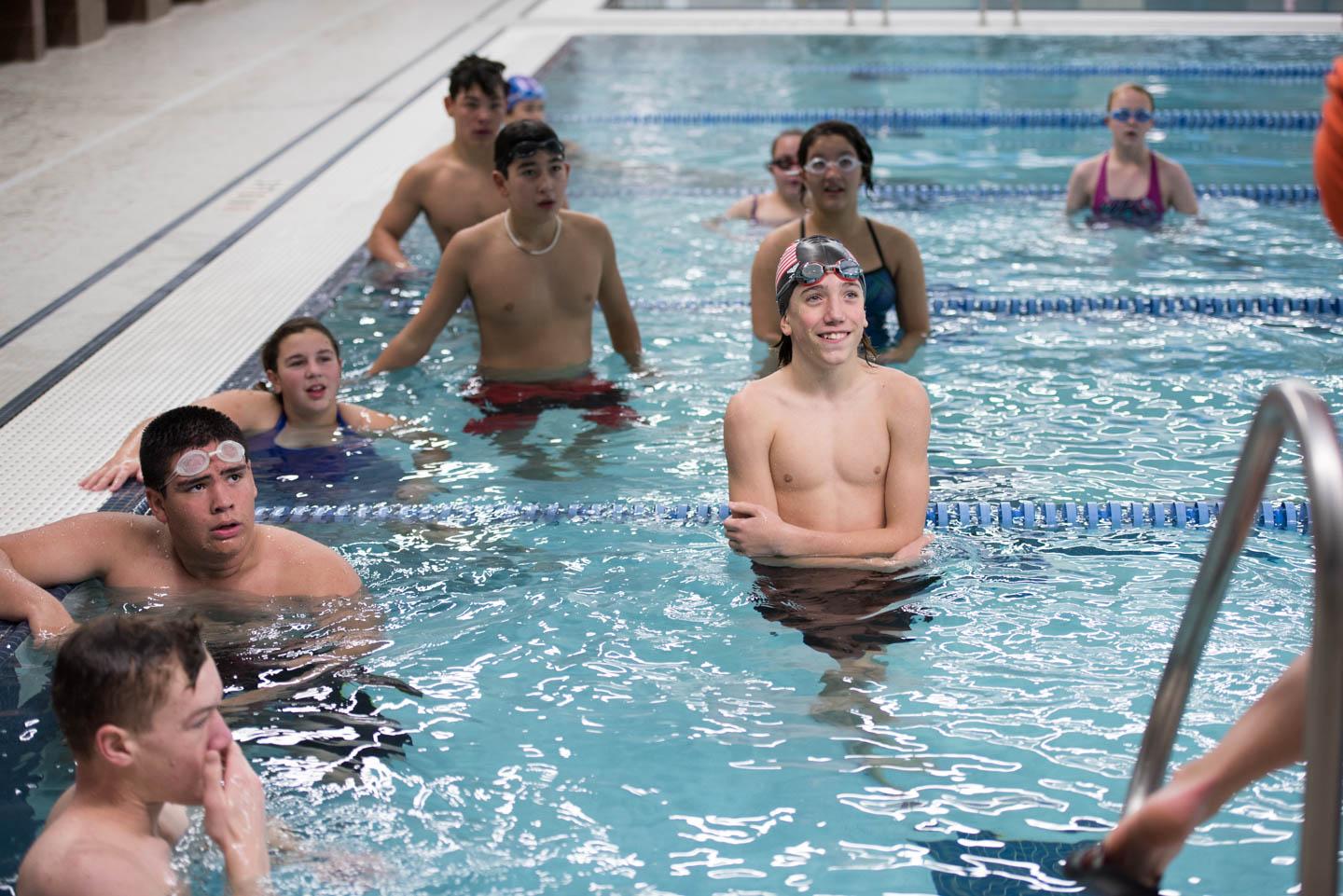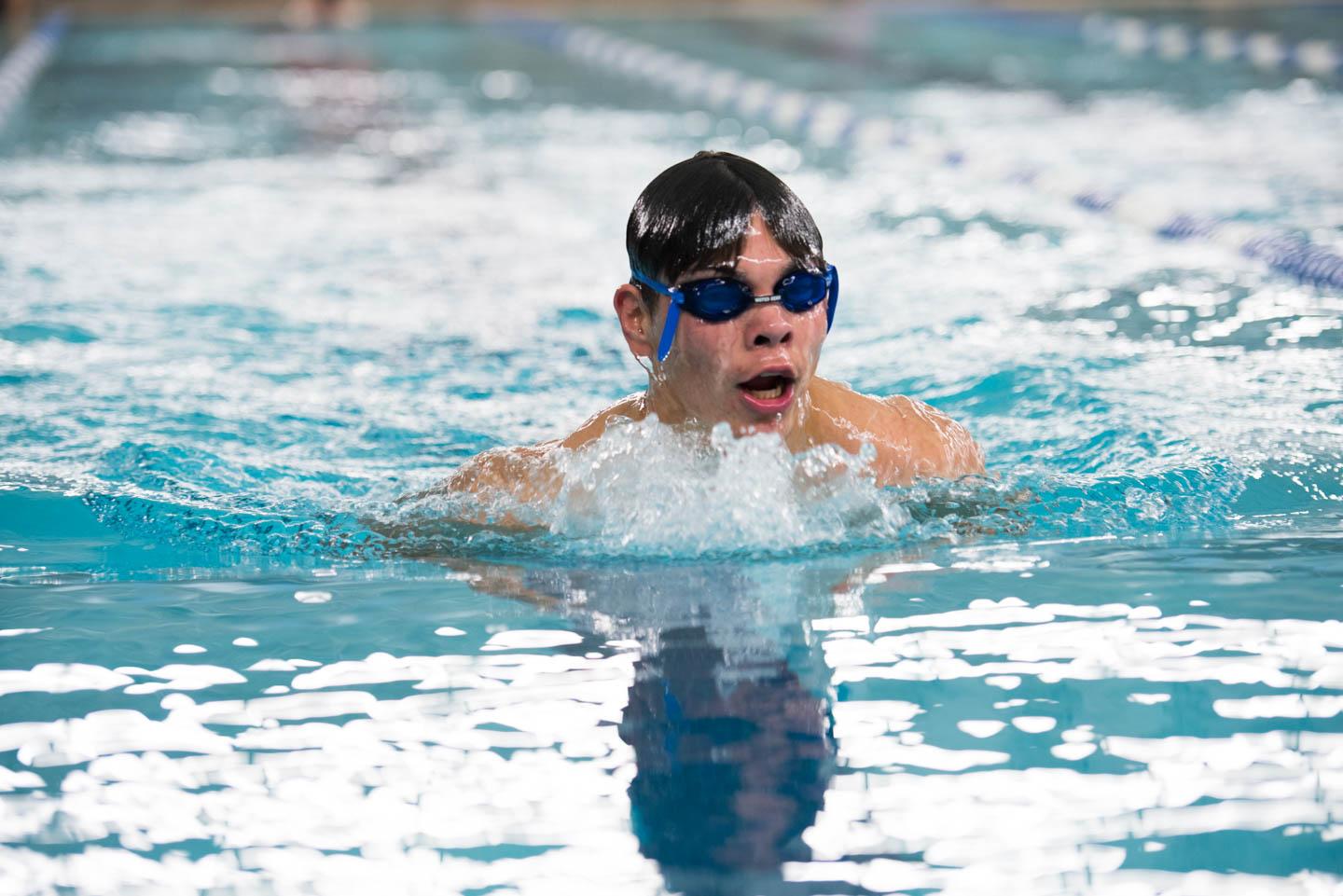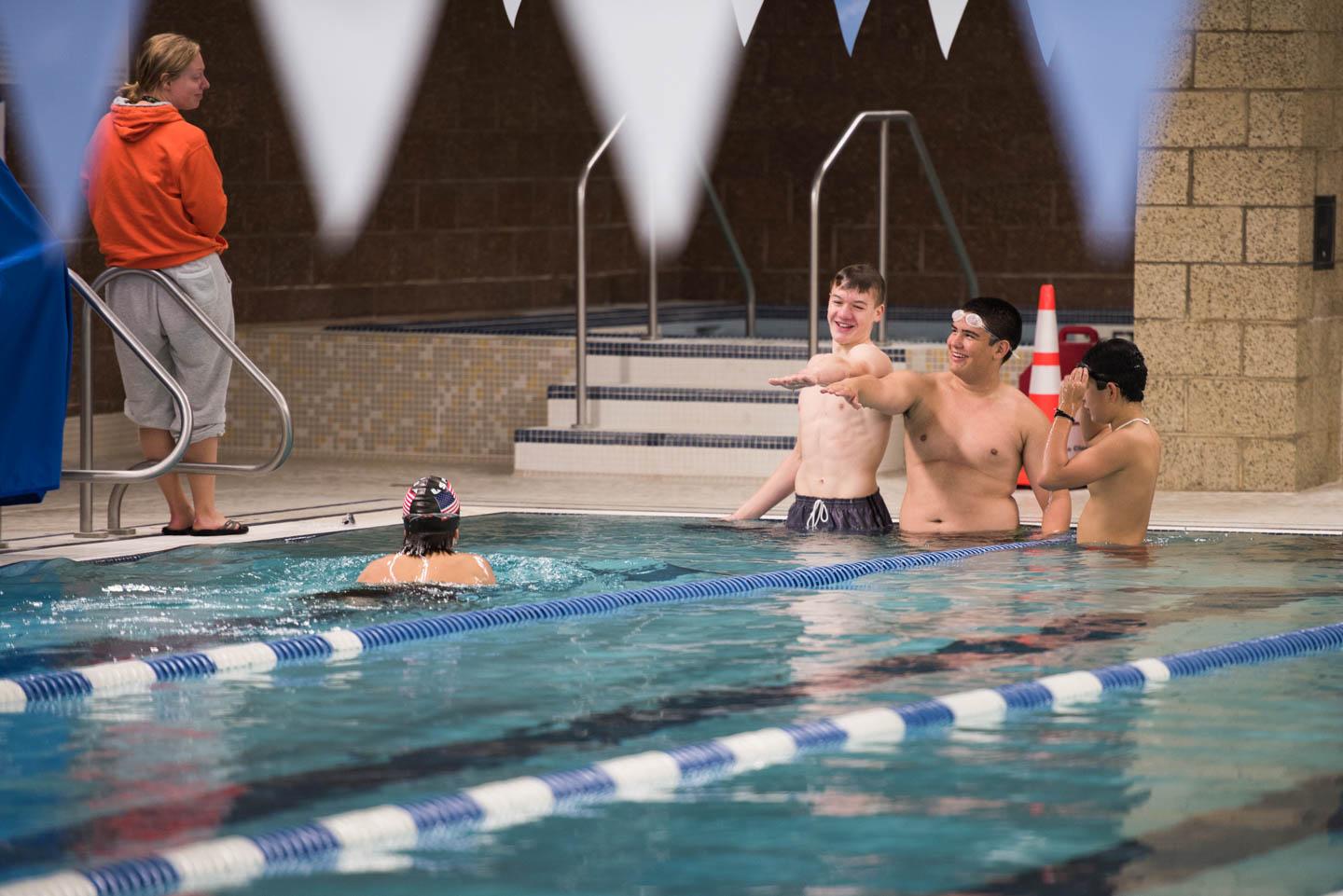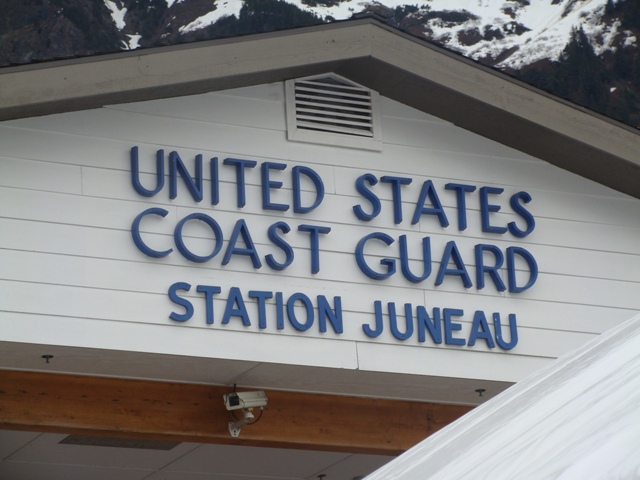The difficult and painful topic of sexual assault and the trauma that follows will be the discussion tomorrow evening at the Anchorage museum. The conversation be held after a staged reading of a personal essay called White Horse, about a campus rape and the aftermath, written by Elise Goldbach and featured in the current issue of The Alaska Quarterly Review. English Professor Dr Heather Adams of the University of Alaska Anchorage will moderate the panel discussion. She says the idea is to provide a space for an audience to really listen to what is a terrifying event.
ADAMS: It is a very traumatic experience that we’ll be talking about as we then transition into a panel of experts who are coming from a variety of perspectives. There are people from UAA who will be speaking from their professional standpoint. There’s someone who’s an expertin law. There are people who have experienced this trauma themselves, so we’re having tohave a balanced perspective and show our support that way so that our panel really reflects a variety of perspectives. And of course, we’re inviting support from the UAA community and reaching out to some community partners to ensure that hopefully there will be support at the event that night because this is a really sensitive topic. And of course we know that holding an event like this means that we have to be prepared to give support. Not just to talk about the ideas but to deal with the emotional piece of it, the emotions that are raised.
TOWNSEND: Dr. Adams, you have written about the legacy of shame, secrecy, silence and part of that is dealing with the shame that surrounds rape or unwanted pregnancies. Why do you think it is shame still surrounds so much of what happens when there is a sexual assault? Why can’t we change that?
ADAMS: There’s both the silence that comes with not talking that we see in systematic under-reporting of rape. And there’s also what we do talk about, which I would call messages of shame and messages of blame. It’s really hard to understand why those messages are so persistent. When I, years ago, learned about women who had to give a child away for adoption because they had that child out of wedlock, it was news to me. I didn’t know about that and I was horrified. And it’s been really interesting as I continue my research to make this argument, develop this argument through my research that actually, what seems like it happened a long time ago… yes the practices are a little bit different, we don’t have homes for unwed mothers, but you’re exactly right. This legacy of messages of shame and messages of blame, they really persist. I would say that one of the root causes is that we don’t have models, we don’t have support for women, especially young women, to talk about their sexuality. To understand sexuality and sex as a normal part of life. We have a lot of cultural taboo around that. We know in Alaska there’s been a lot of effort to be really almost draconian about how sex education is delivered to our young people and I just feel strongly that until we can really talk about these things openly, that’s just one piece of the puzzle. Another is consent. Consent is something that we talk about that sounds like it’s a yes or a no. It’s really more complicated. And I think that this White Horse event is one small way our community can come together and I really hope our community comes together to just have a conversation around these really difficult topics. No one really likes to talk about these things, but we really have to if we want to shift that culture of silence and shame and blame.
Dr Heather Adams is the moderator for a panel discussion of the essay, White Horse at the Anchorage Museum Thursday evening, beginning at 7 pm.






































